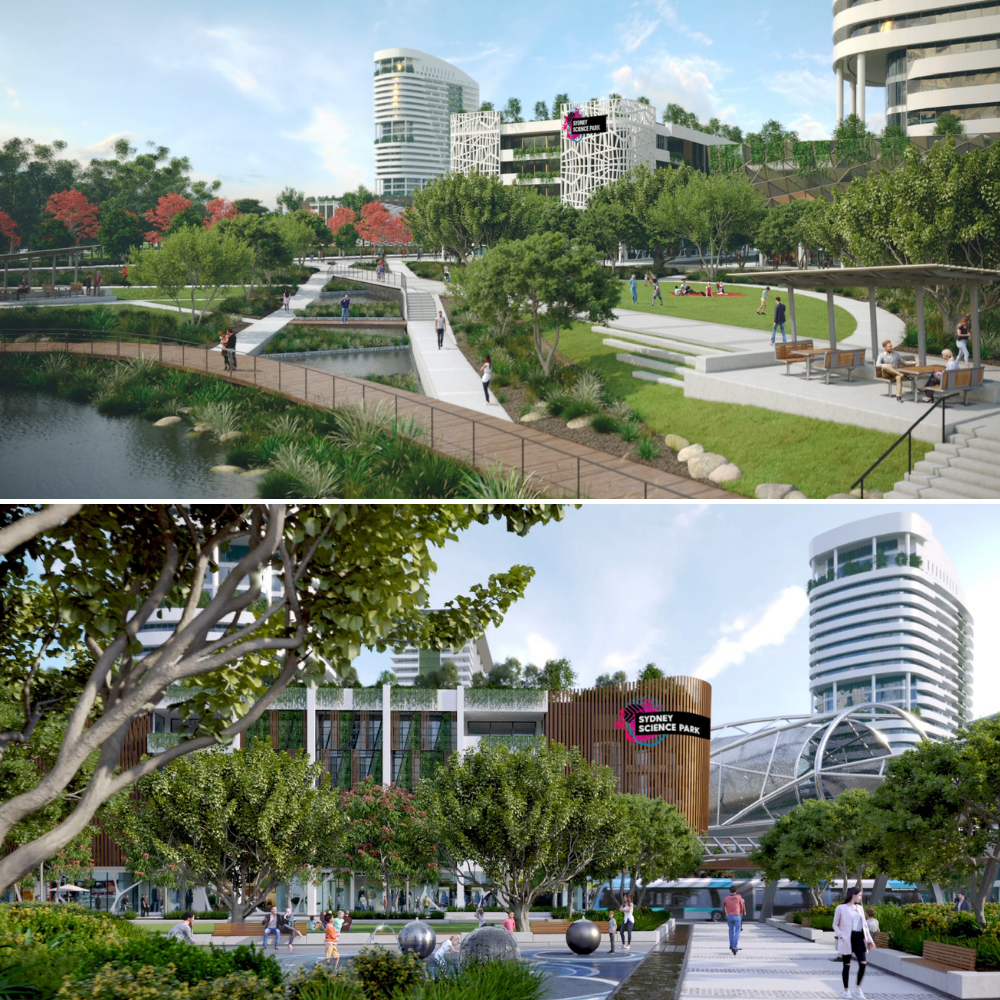Western Sydney Hydrogen Hub Study Under Way
A commercial feasibility study is under way to investigate establishing a hydrogen hub at the $5-billion mixed-use Sydney Science Park north of the Western Sydney Aerotropolis.
The University of Technology Sydney investigation has flagged the 287ha greenfield site of the science park as a potential location for a future Western Sydney Hydrogen Hub.
Developer Celestino’s general manager for business development Duncan Challen said they were interested in the hydrogen economy and the use of renewable energy around the science precinct.
“With the increased global and local interest in using renewable hydrogen in transportation and within businesses and homes, Celestino is certainly interested in being part of the important conversation … [about] key renewable energy sources in and around Sydney Science Park,” Challen said.
“This initiative aligns perfectly with our vision of breaking through the ‘business-as-usual’ approach to building cities for the future and we are excited about the prospect that Sydney Science Park may just be the West’s epicentre for energy transformation, innovation and commercialisation.”
The study would also examine the benefits of a “hydrogen economy” including job creation in Sydney’s west and the export of surplus hydrogen to surrounding areas.
It would also identify business opportunities and help meet the New South Wales emissions reduction target of 50 per cent by 2030.
UTS dean of engineering and IT faculty Professor Ian Burnett said the Sydney Science Park would provide an opportunity to bring the latest research on hydrogen to a commercial setting.
“It will further advance technologies for a sustainable future featuring net-zero emission,” Burnett said.

A key component of the Western Sydney Hydrogen Hub would be to leverage the planned Sydney Water decentralised waste-water treatment plant to be built at the science park.
The proximity of this treatment plant to the mooted hydrogen hub could support producing renewable hydrogen and green gas from the waste material.
Australia’s domestic hydrogen market is on an upwards trajectory with a recent announcement from the federal government of a further $150 million in funding for hydrogen hubs at seven regional sites including the Pilbara, Gladstone, La Trove Valley, Eyre Peninsula, Hunter Valley, Darwin and Belly Bay in Tasmania.
This takes the total funding available to $464 million through two grant schemes. They are hub development and design grants, and the hub implementation grants, which will finance investment-ready hydrogen industrial hub projects.
UTS’s feasibility work is also supported by hydrogen industry leaders GrapheneX and Providence Asset Group who provide strategic commercial investment into hydrogen technology.
UTS associate professor Zhenguo Huang, who heads their Hydrogen Energy Program, believes the science park presents a unique opportunity for the establishment of clean and sustainable alternative energy supply.
“We can’t use the existing technologies that are not going to help us to fight climate change or global warming—so we have no other option in a way but to explore technologies around hydrogen,” Huang said.
“All predictions are that in five years the cost of producing green hydrogen will be very competitive, so we need to position ourselves at this stage to create the infrastructure able to handle hydrogen.”
Sydney Science Park is planned to be a world-class facility clustering together industry, education and business in an innovation-based community.














